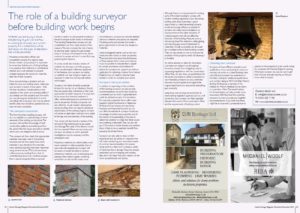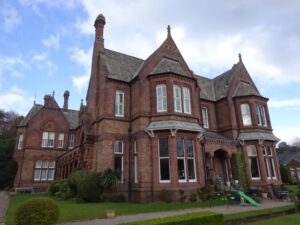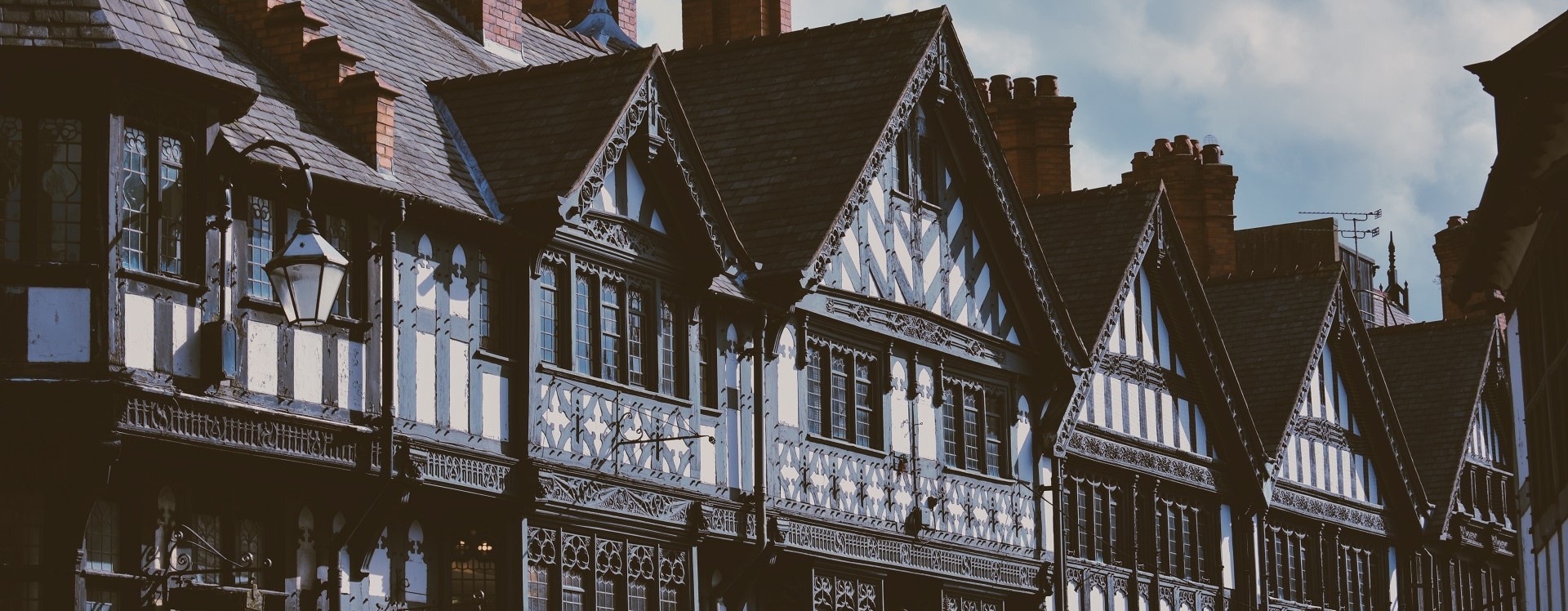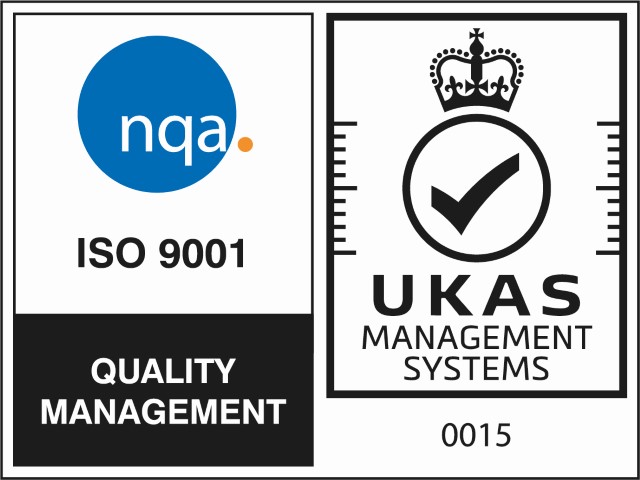A listed building is a building of national importance which is protected due to its special architectural or historic interest. Listed buildings are protected by the Planning Act 1990 to ensure that any future alterations to the property are in keeping with its historic interest, and its unique character is not affected.
Listed buildings are categorised by either Grade I, Grade II* or Grade II. Grade I buildings are of most importance and account for just 2.5% of all listed buildings in England. 5.5% of all listed buildings are

Grade II*, and Grade II buildings make up 92% of all listed buildings.
The older the building, the more likely it is to be listed. Every property built before 1700 is listed, as are most built between 1700 and 1840. Buildings built post World War II, after 1945, are rarely listed. Buildings less than 30 years old almost never listed. Of the 500,00 listed buildings in the UK, 15% are built before 1600, 19% are 17th century, 31% are 18th century, 32% are 19th century, 3% are 1900 to 1944, and 0.2% are 1945 and later. You can check whether your property is listed through viewing the National Heritage List for England.
If you are planning to buy a listed building, a full building survey (RICS Level 3) is recommended. These surveys are tailored to each individual property, and cover everything that it’s possible to access and assess. Because the reports are bespoke, they can comprehensively cover the quirks and period details that listed properties have. They also provide advice on potential hidden defects, which are more common in older properties, and guidance on costs for necessary repairs and maintenance.
If you would like to make alterations to a listed property, you need to bear in mind that there are extra restrictions tin place. If you want to make changes they will have to be in keeping with the historic character of the property. You will need Listed Building Consent to gain permission for changes that might affect its special interest. It is a criminal offence to make changes to a listed building without gaining consent.

You will need consent for any work that will affect the listed building’s historic character, including extensions, demolition, and alterations to walls, windows, roofs, and fireplaces. A local authority decides whether to grant Listed Building Consent and can offer advice during the process.
To gain consent, you need to make an application. A chartered surveyor or structural engineer can help you make a detailed and considered application to gain planning permission for your listed property. If your property is listed, contact Allcott Heritage, our specialist heritage consultancy, which specialises in listed building surveying, conservation and advice.












